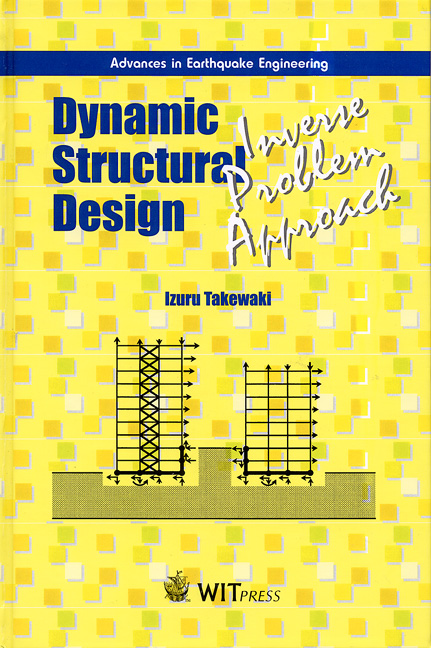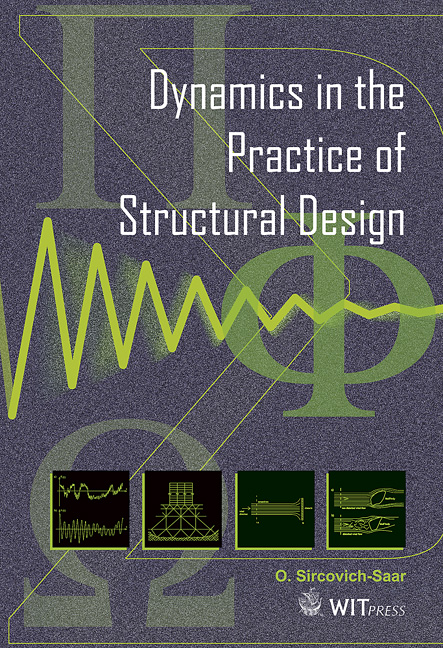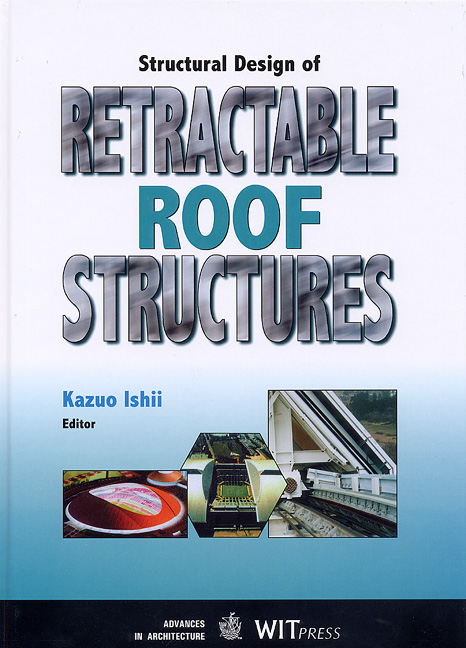
Dynamic Structural Design
Inverse Problem Approach
Authors: I. TAKEWAKI, Kyoto University, Japan
Price
£149.00 (free shipping)
ISBN
978-1-85312-745-8
Pages
292
Book Series Title
Advances in Earthquake Engineering
Book Series
6
Published
1999
Format
Hardback
"The new formulations in Dynamic Structural Design places in the hands of structural engineers a valuable tool for the analysis and design of safe building structures subjected to seismic disturbances."
"To the best of my knowledge, this book is the first of its kind in the literature.... Inverse problems have undergone rapid development over the past two decades.... The book by Takewaki is a timely contribution to the subject. It summarizes past and current work on the subject by the author and others, and it gives insight to how the methodology can be applied to the design of structures in the context of performance-based design. The book is a valuable resource for researchers and engineers interested in learning and applying the inverse method in seismic resistant design of structures."
During the last two decades inverse problems in vibration have been studied extensively, and have formed a new research discipline in applied mechanics. These investigations have been accelerated through the rapid advancement of computer technology, while finite element and boundary element methods have stimulated the application of inverse problems in vibration. In the seismic-resistant design of building structures, the concept of “performance-based design” has become very significant following such earthquakes as the Loma Prieta Earthquake (San Francisco, 1989), the Northridge Earthquake (Los Angeles, 1994) and the Hyogoken-Nanbu Earthquake (Kobe, 1995), and is now being incorporated into the design process of actual building structures.
This book introduces a new dynamic structural design approach using inverse problem formulations to overcome several problems in the rationalization and systematization of structural design processes. A new direction for seismic-resistant design founded on the concept of performance based design is also proposed.
Simple models are included in each chapter, thus enabling readers to understand the new concepts and formulations, while many references, both directly relevant and from related fields, are provided to aid those who wish to study the subject in more depth.
Contents: Introduction; Fully Inverse Problems; Hybrid Inverse Problems; Incremental Inverse Problems; Design for Fixed-Base Models; Design under Soil-Structure Interaction; Multi-Objective Structural Design; Design via Passive Control; Future Directions.








